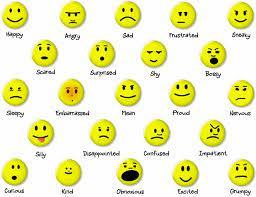Label Those Culprits
If there is a negative emotion, like anger, sadness, or stress, keeping it vague makes it affect everything around you.
If you name or label the emotion and use a symbolic metaphor to describe it, then its negative effect is diluted.
196
518 reads
CURATED FROM
IDEAS CURATED BY
The idea is part of this collection:
Learn more about personaldevelopment with this collection
Understanding the concept of the self
The importance of living in the present moment
The illusion of control
Related collections
Similar ideas to Label Those Culprits
Practices to tend to your emotions
- Catch yourself worrying.
- Turn your attention to your body and notice sensations you can identify (muscles are tense, heart beating nausea).
- Don’t get involved with your worrisome thoughts.
- Try to label or name your emotion, whether it’s ...
Label your emotions
Most people have an aversion to talking about or showing their feelings. As a result, many people have become quite distanced from their feelings, which makes it hard for them to even recognize how they're feeling in any given moment
Spend a few minutes every day acknowledging your emotion...
Control
The need to control everything and everyone around us is nothing more than a defense mechanism. We use it to confront something that at we see as a threat.
Having low self-esteem, huge insecurity, a negative self-image, an inability to process emoti...
Read & Learn
20x Faster
without
deepstash
with
deepstash
with
deepstash
Personalized microlearning
—
100+ Learning Journeys
—
Access to 200,000+ ideas
—
Access to the mobile app
—
Unlimited idea saving
—
—
Unlimited history
—
—
Unlimited listening to ideas
—
—
Downloading & offline access
—
—
Supercharge your mind with one idea per day
Enter your email and spend 1 minute every day to learn something new.
I agree to receive email updates

